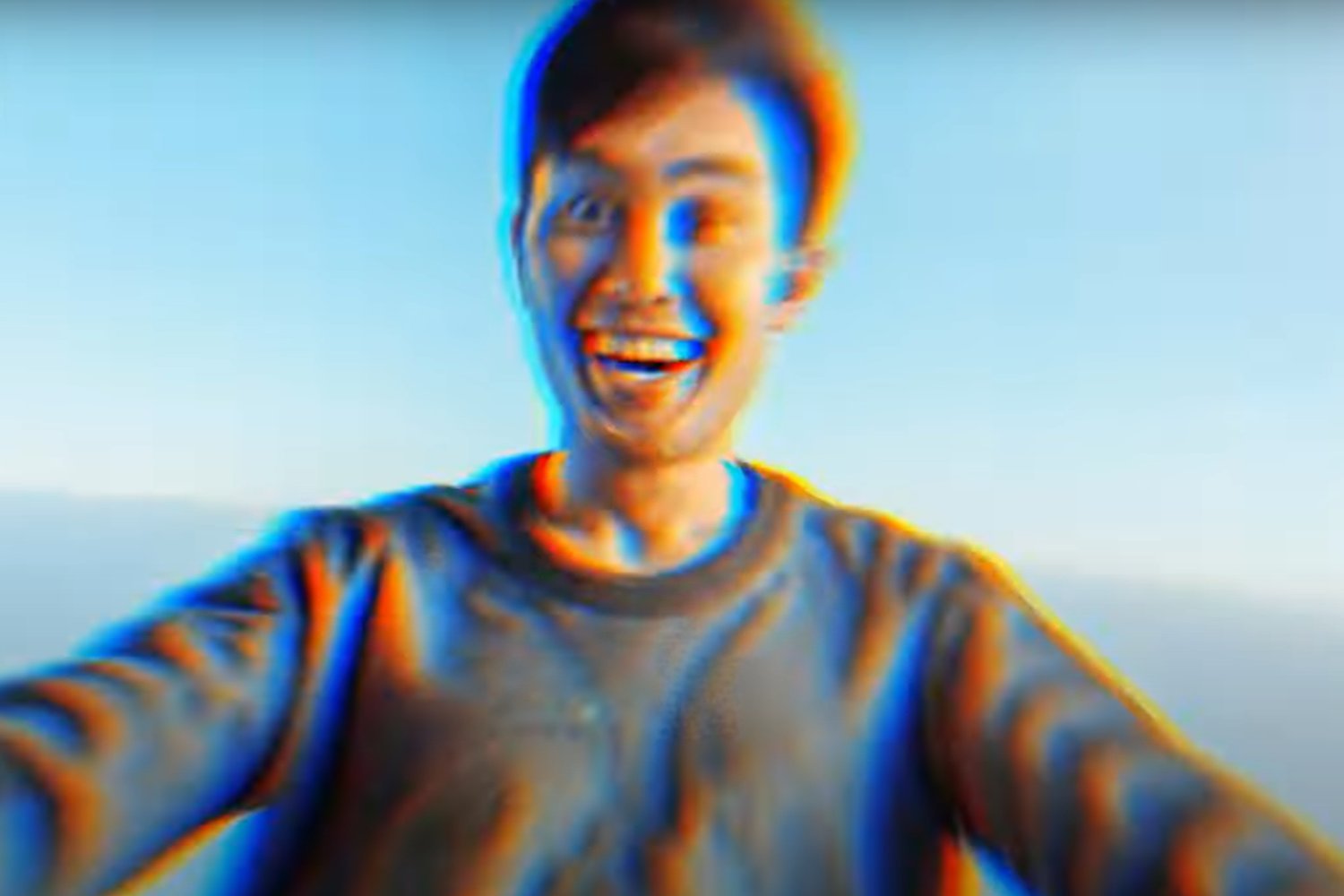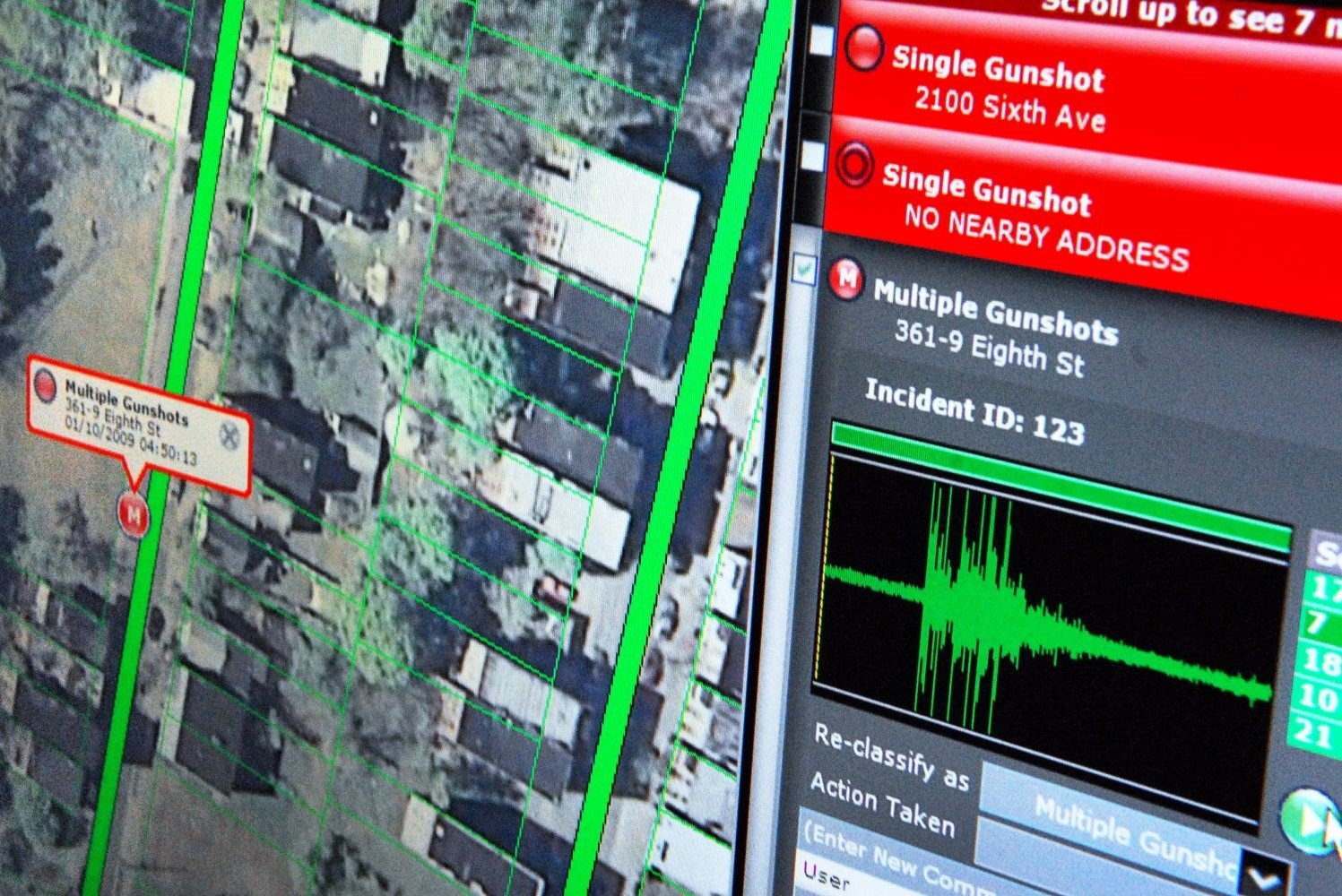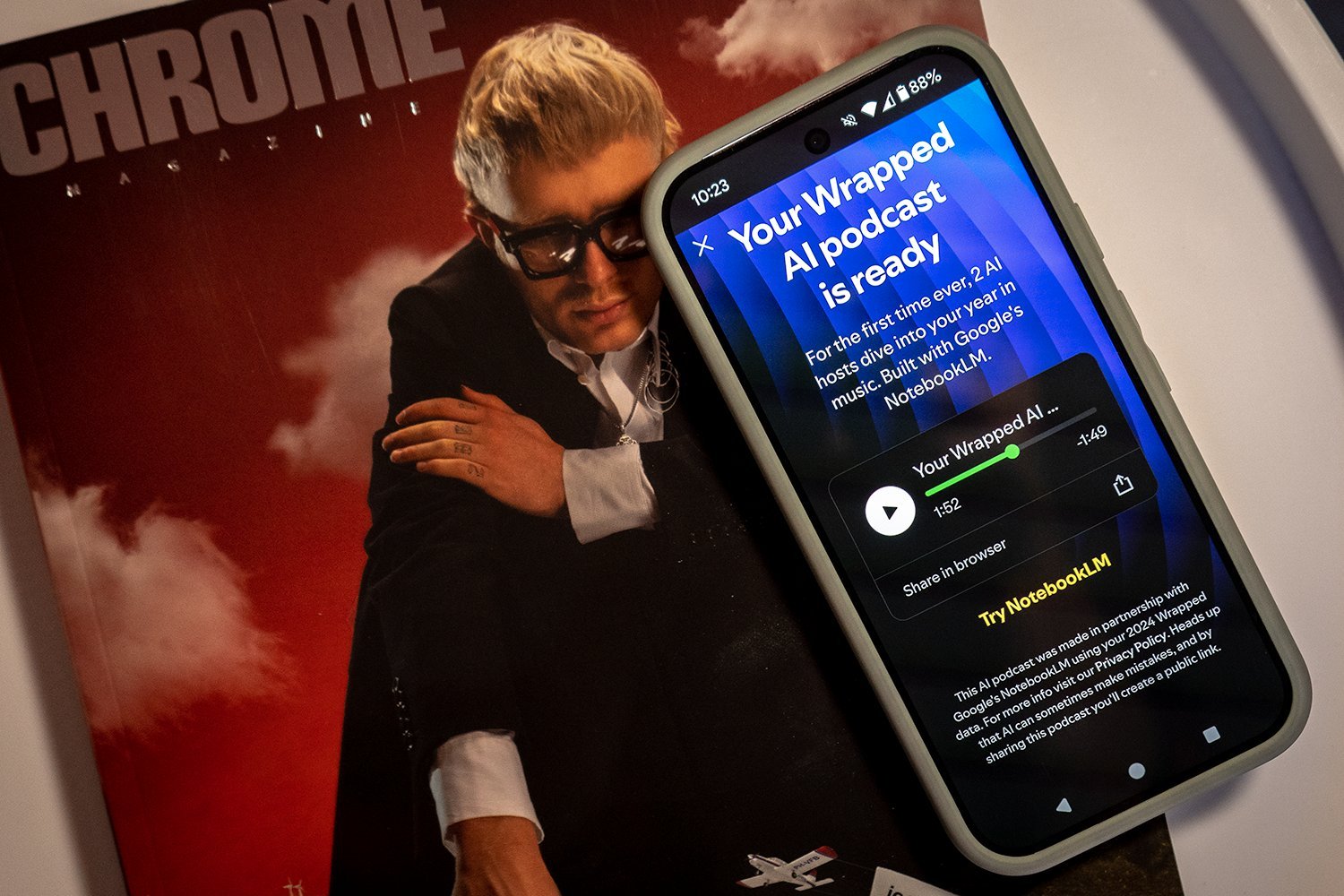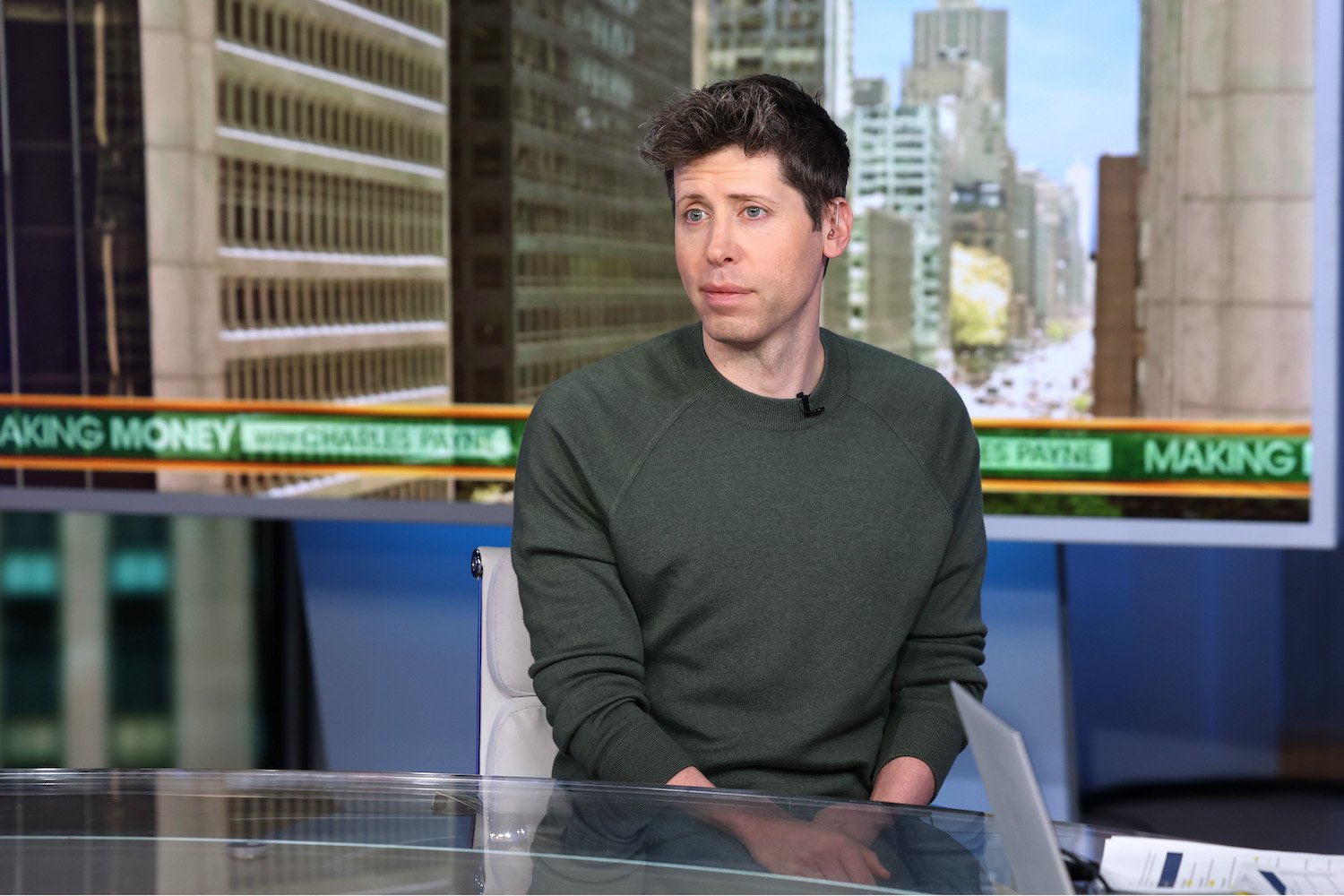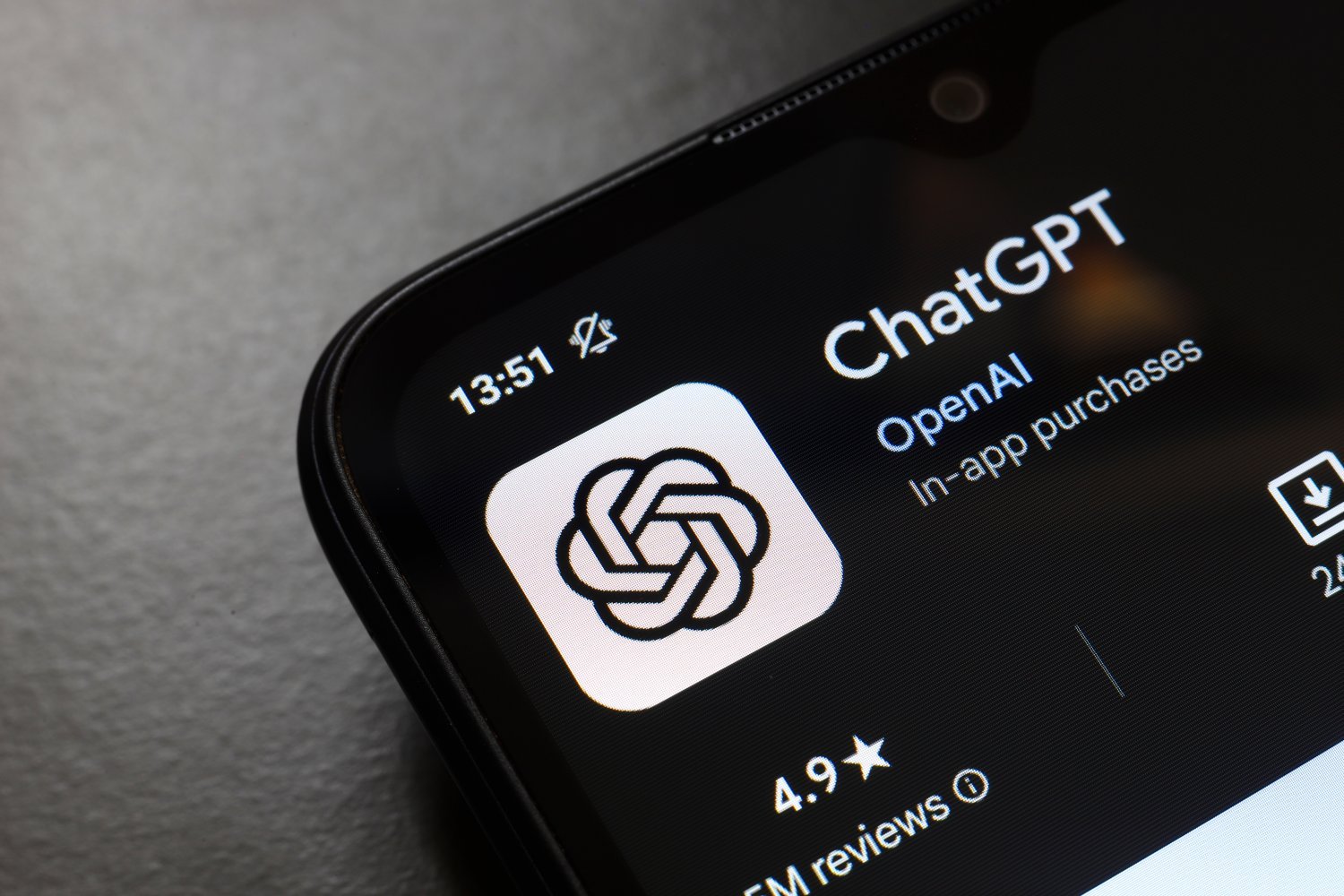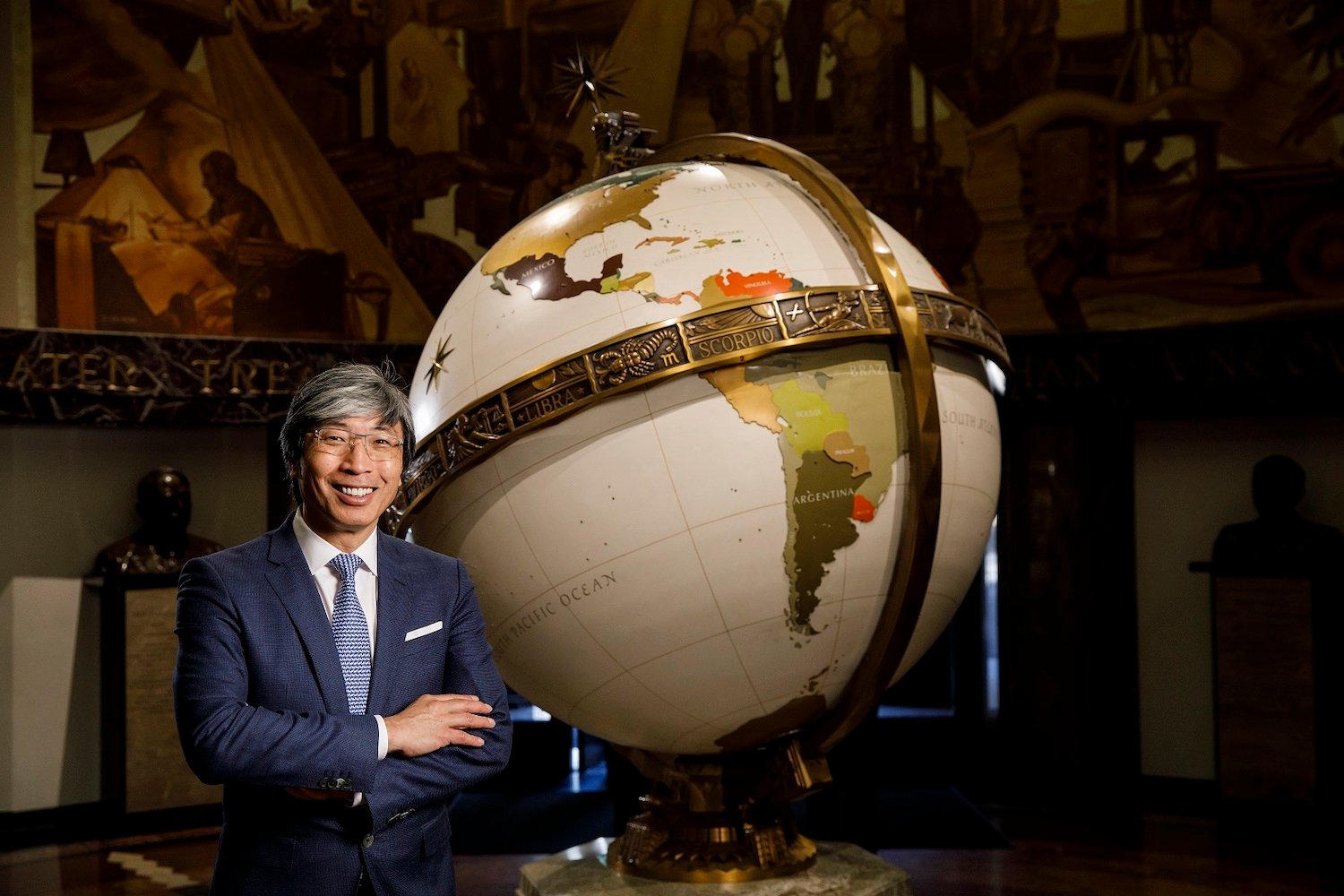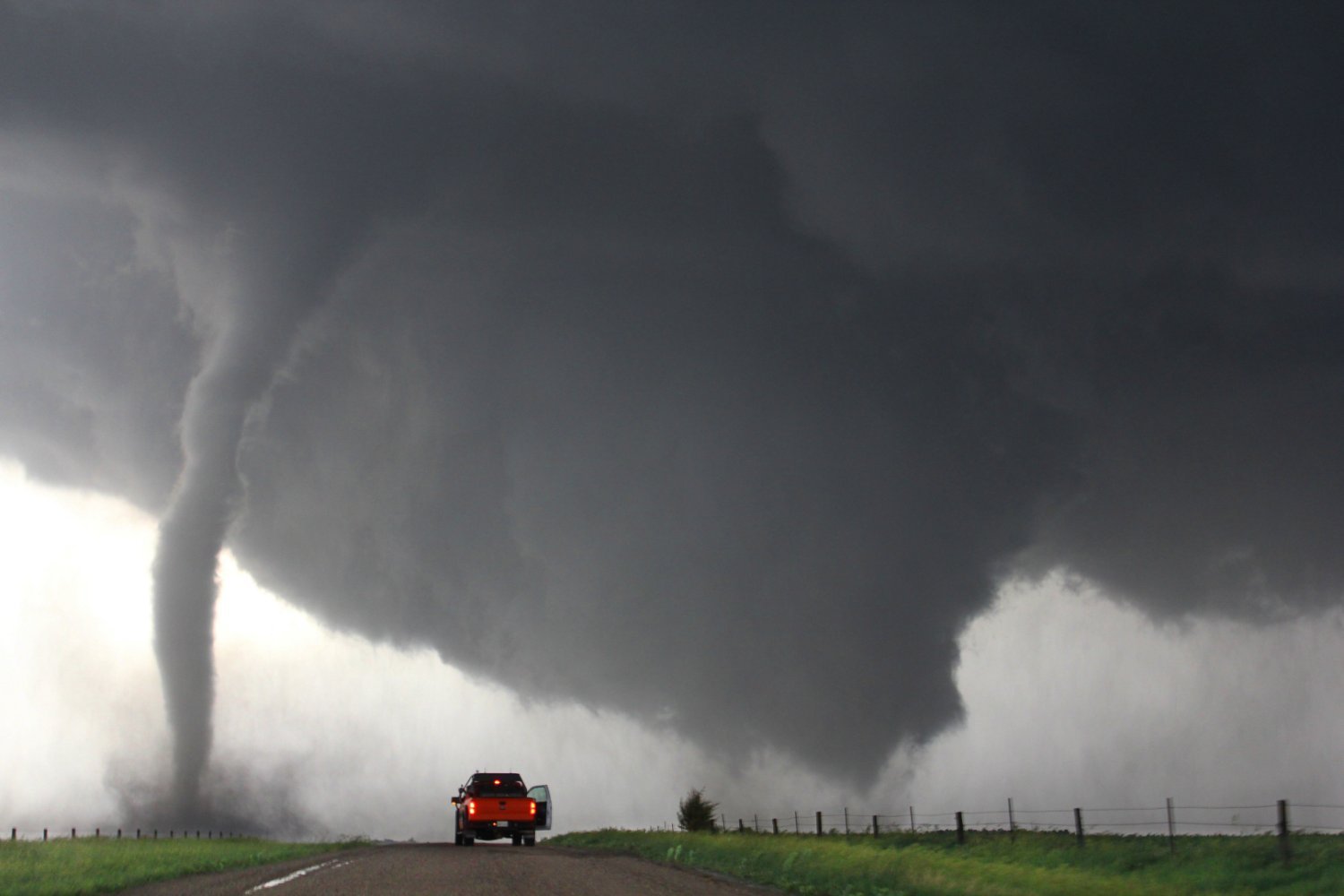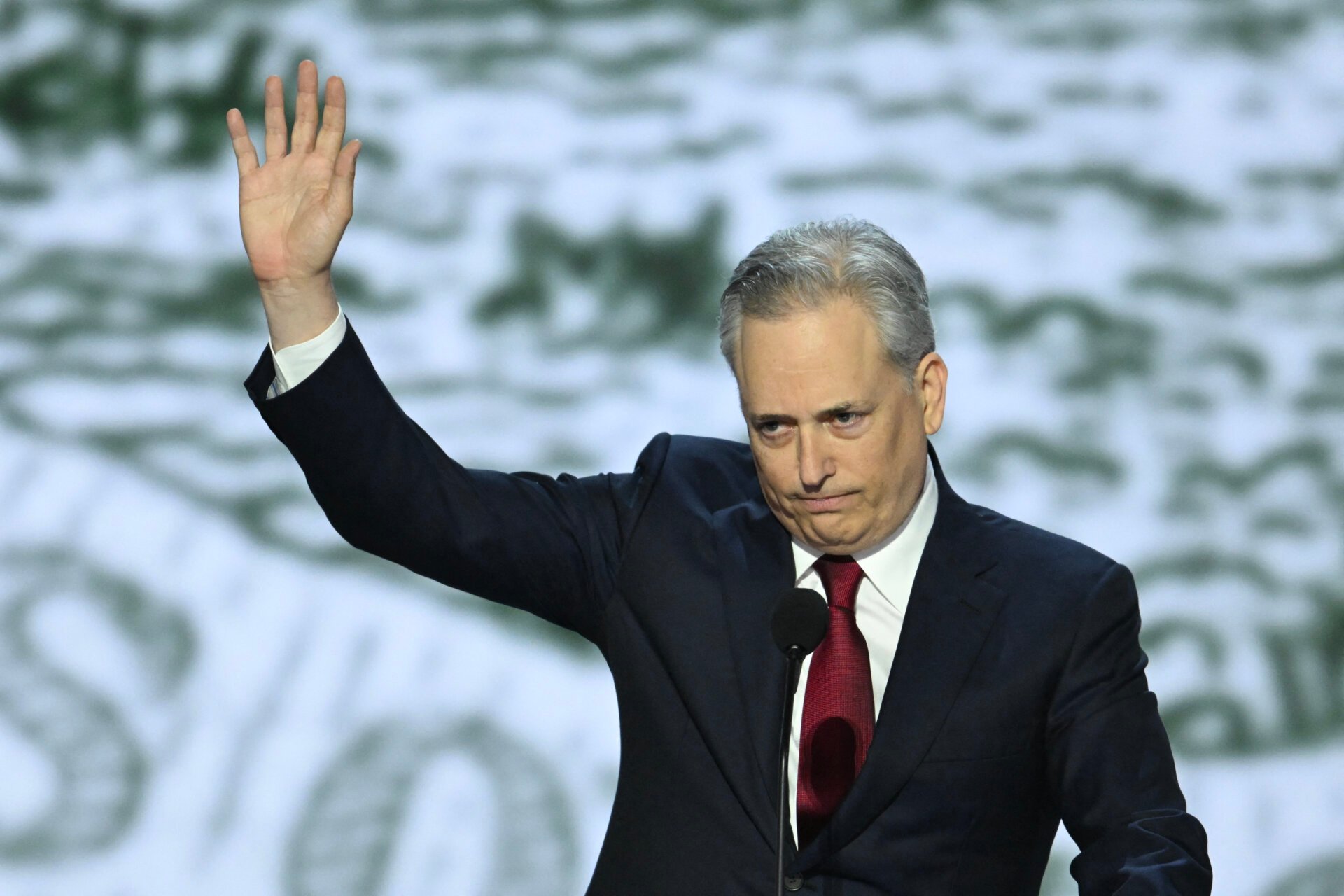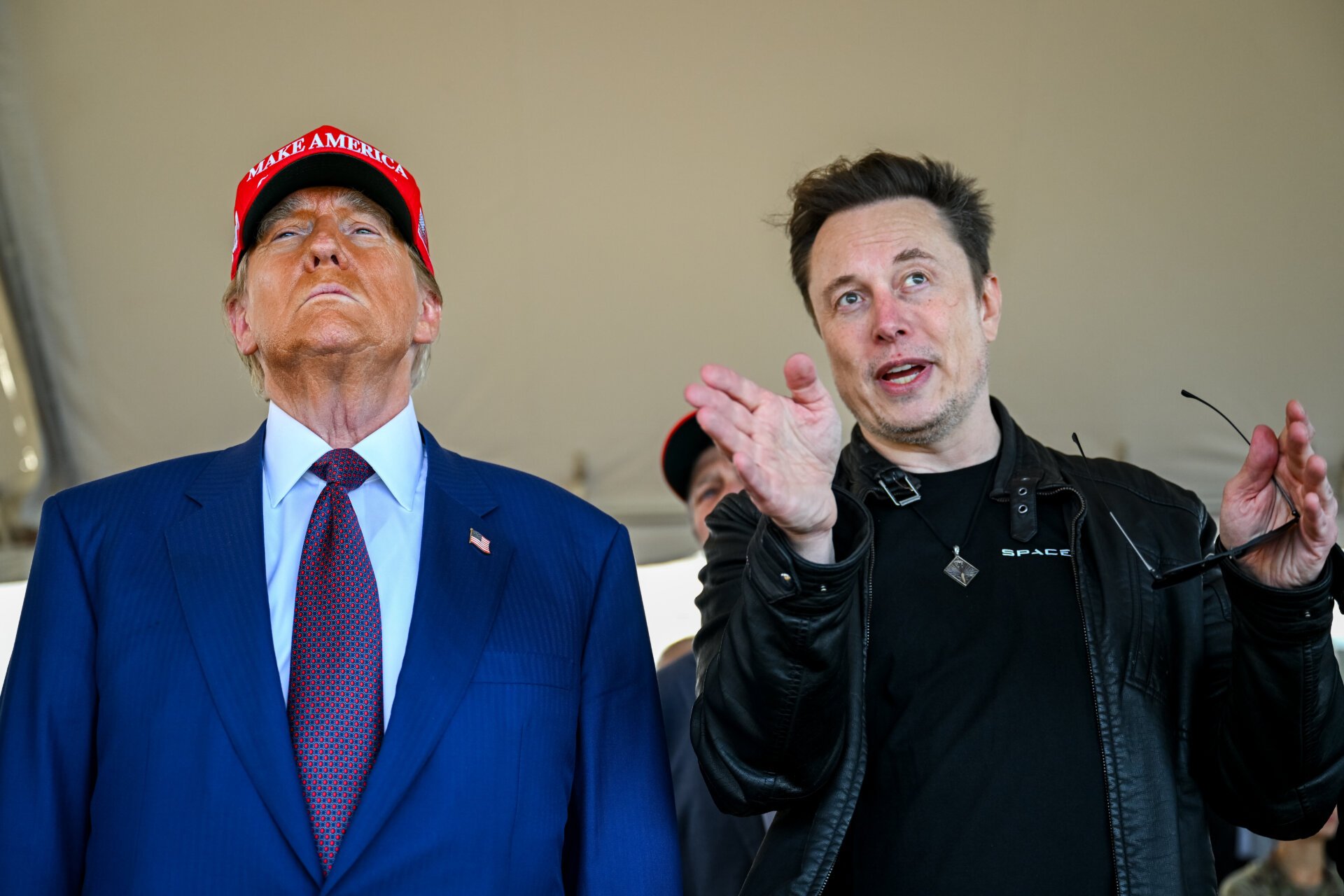Google has unveiled Veo, an AI video generator poised to transform advertising. This innovative tool can animate still images, even AI-generated ones, into short videos. While the results are currently semi-realistic, they’re deemed sufficient for Google’s target audience: advertisers. This move places Google at the forefront of AI video generation, alongside Meta’s Movie Gen and Runway’s video tool, and ahead of OpenAI’s Sora in terms of broader availability.
Veo: Transforming Images into Moving Stories
Veo is currently in private preview on Google’s Vertex AI platform. It can generate videos from text prompts or existing images, complementing Google’s Imagen 3 model for brand-specific imagery. Demonstrations showcase diverse styles, from a cartoon figure to a guitar-playing teddy bear. Google emphasizes the inclusion of invisible digital watermarks to prevent misuse and address potential public concerns. Imagen 3’s “Inpaint” and “Outpaint” features allow further image manipulation, comparable to Adobe Firefly tools in Photoshop.
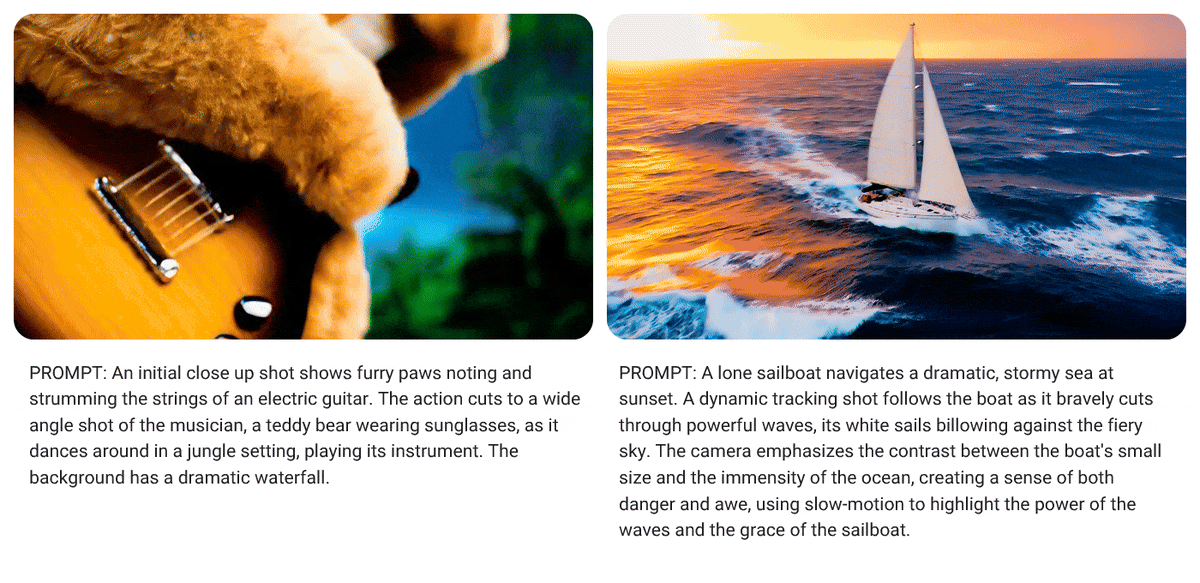 A GIF showing VEO creating videos using text prompts.Veo transforming text prompts and images into dynamic videos.
A GIF showing VEO creating videos using text prompts.Veo transforming text prompts and images into dynamic videos.
Partnering with Advertising Giants: Mondelez and Agoda
Google is collaborating with major advertisers like Mondelez International, the conglomerate behind brands like Oreo and Ritz. They aim to leverage Veo for rapid, large-scale creation of consumer-ready visuals in multiple languages. Another partner, travel app Agoda, is already employing AI for ad creation, albeit with mixed results. The emphasis is on fast, inexpensive ad production to saturate online spaces.
The Future of Advertising: A Sea of AI-Generated Content?
Veo’s output, like other AI video generators, might be limited in footage length, resulting in ads resembling a collage of stock videos. Agoda uses Veo to animate “dream destination” images, while Mondelez already utilizes Imagen 3 for “hundreds of thousands of customized assets,” significantly reducing time and costs. The visual quality of AI-generated videos may improve, but their inherent sameness and lack of human touch remain a concern. Surveys reveal consumer skepticism towards AI-generated ads, suggesting that genuine human creativity might be irreplaceable, even in advertising.
Conclusion: Balancing Innovation and Authenticity
Google’s Veo presents a powerful tool for advertisers, enabling rapid and cost-effective ad creation. However, the potential for generic, low-quality content and consumer resistance raises questions about the long-term impact on advertising. The challenge lies in balancing technological innovation with authentic human creativity to produce engaging and effective advertising that resonates with audiences.



